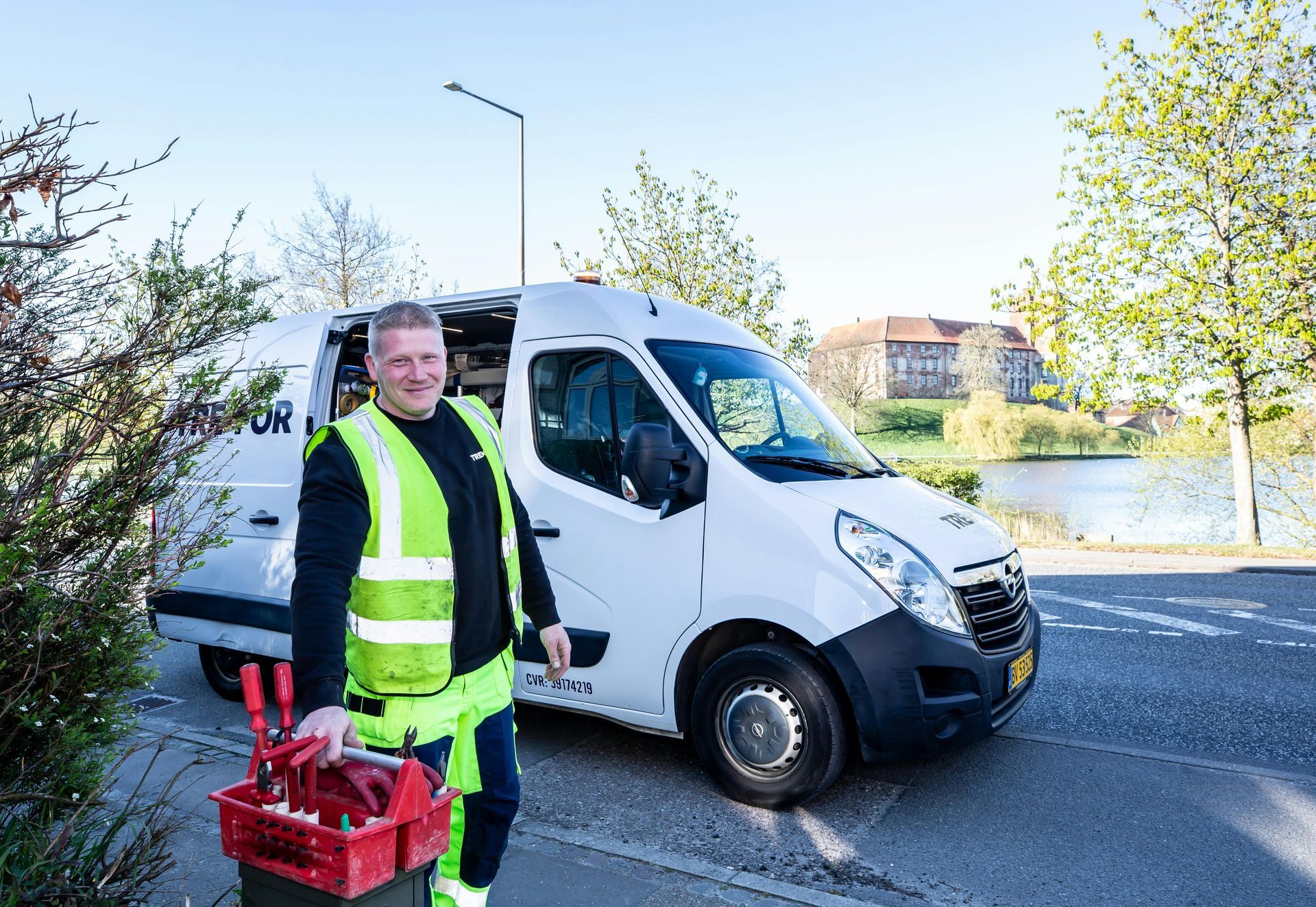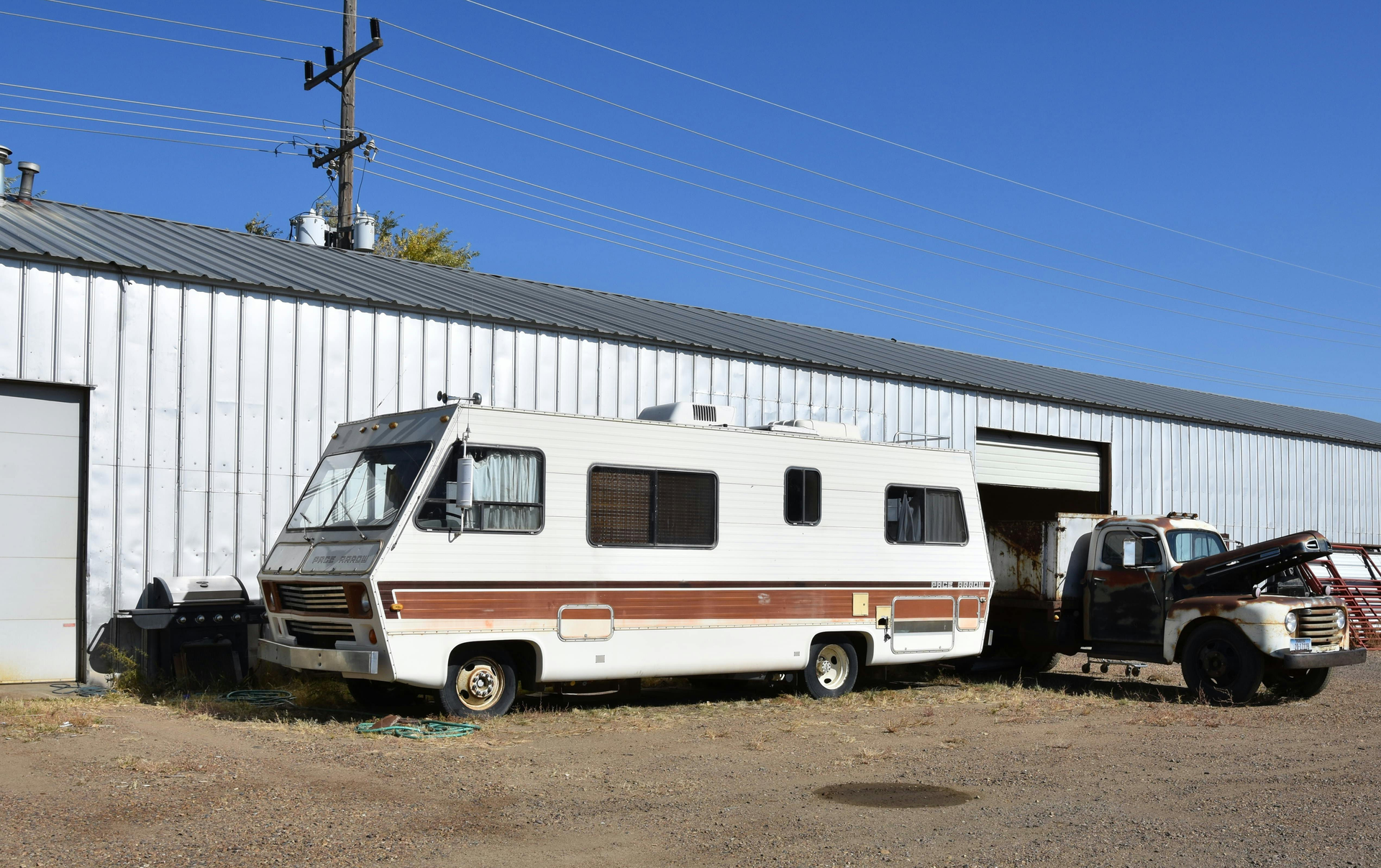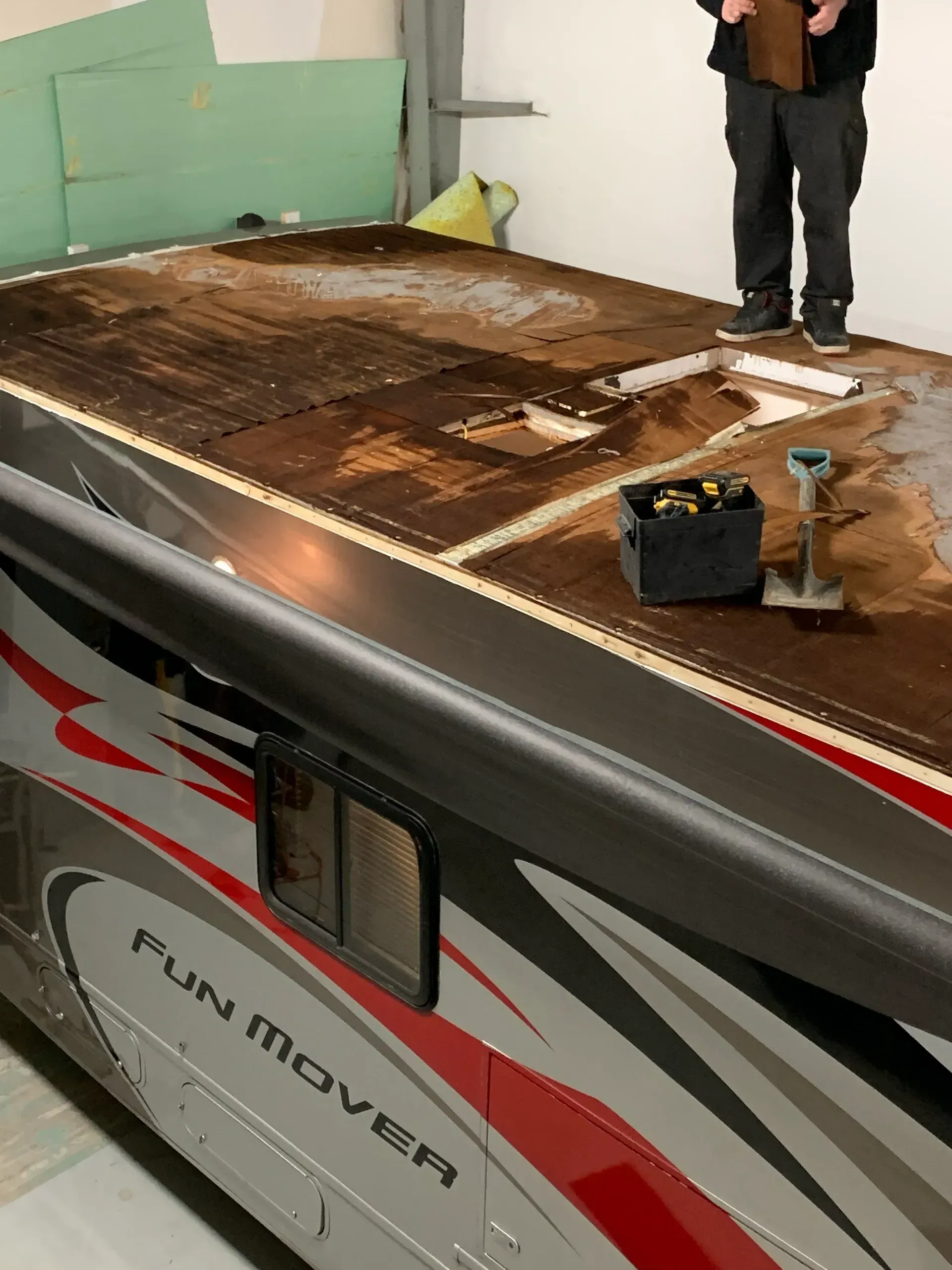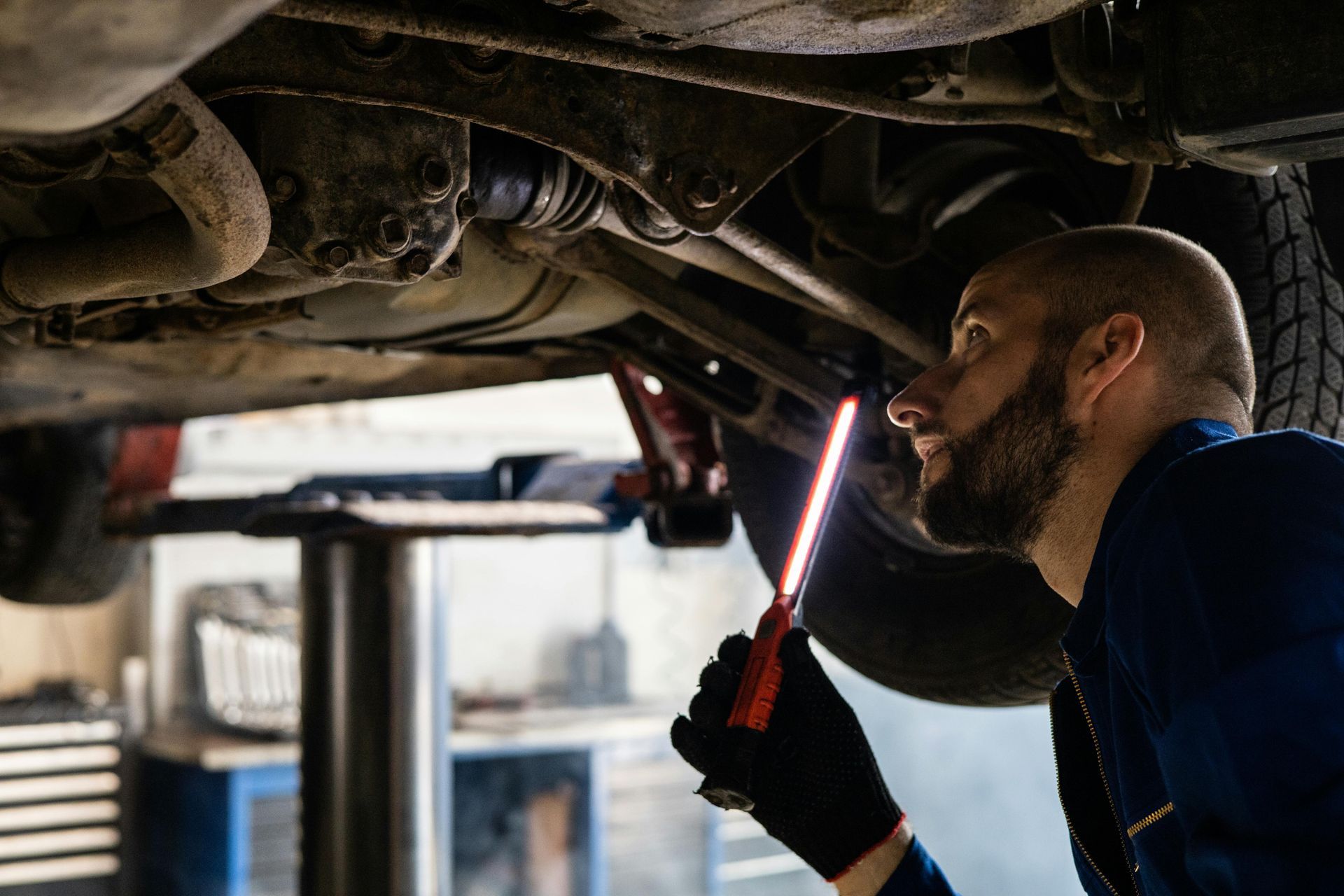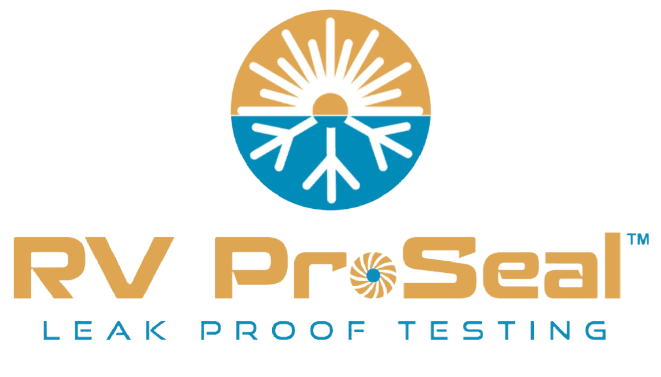Best way to Prevent Buyer's Remorse When Buying a Used RV
RV's are vulnerable to exterior rain leaks. Fact is many exterior leaks remain hidden, allowing water intrusion to continue causing severe structural damage and unhealthy living conditions like mold.
Attention Buyers:
So how can a buyer protect themselves better?
Consider including an RV ProSeal Leak Test Report as one of your own conditions of purchase, mentioned verbally or written in an email or text to the seller. For example, you could include something like this per-written clause.
Please note, the following clause is strictly for information purposes only and not to be considered as legal advice.
"My Offer to Purchase is conditional until [time & date] upon the Buyer obtaining at her own expense, an RV ProSeal Leak Test Inspection and obtaining from RV ProSeal their testing report satisfactory to the Buyer in her sole discretion. If the Buyer does not waive this condition within the above-noted time period, by notice, in writing delivered to the Seller, this offer shall be null and void and any deposit shall be returned to the Buyer without interest or deduction. The Seller agrees to provide access to the RV unit for the purpose of such inspection. This condition is included for the benefit of the Buyer and may be waived by her at her sole option."
Post Purchase Buyer's Remorse:
The seller told you the trailer did not have any leaks and is excellent or mint condition. You quickly learn that the trailer is in fact not in the condition the seller represented, it does leak and has water damage that may cost you thousands of dollars to repair. Unfortunately, this happens all to often and the seller has told you its your problem now. What recourse do buyers have when sellers misrepresent the condition of the camper? Its time to get your ducks in a row and see if you have all the right information to leverage the Canadian Consumers Protection Act. Contact RV ProSeal for 30 min consultation to assess the situation and consider if hiring us to consult with an inspection testing report. This report will locate the source of the leak, assess the condition of the exterior seals and sealants and any relevant water damage to learn if the exterior was properly maintained accurately to the condition that the camper was advertised.
Attention Sellers:
Leak-free RV's sell for more! Have an RV ProSeal leak testing inspection report completed and ready to show buyers. Demonstrate a higher level of trust, providing an unbiased, 3rd party inspection testing report. Show you are on top of your maintenance by being tested and repaired seals and sealants in question. We offer sellers a competitive advantage over other sellers not willing to have an RV ProSeal Leak Test completed.
RV ProSeal Leak Test:
Our leak detection specialists bring new technology and instrumentation specialized in the detection of leaks and exterior leak prevention. We provide noninvasive testing. Check out www.rvproseal.ca/rv-leak-testing to learn more. Test reporting includes a detailed, multi-point inspection with marked-up pictures showing needing attention or have failed. Many used the reports as guidance to do the repairs themselves.
Pricing as low as $219 plus service call and taxes for small size RV
Contact us: 1-866-4RV-Leak (866-478-5325)
Like us on our Facebook page: www.facebook.com/rvproseal
You might also like
